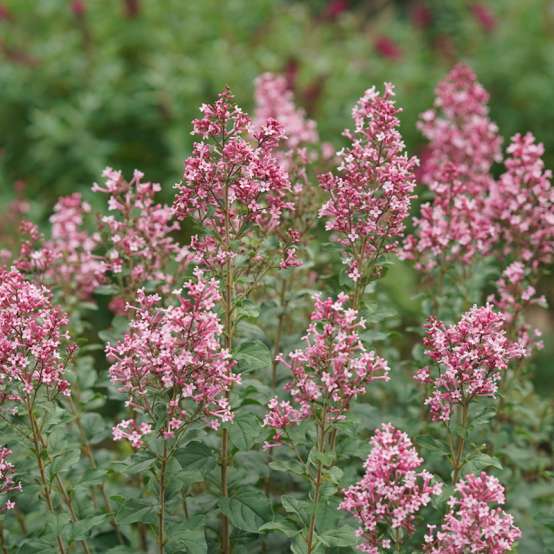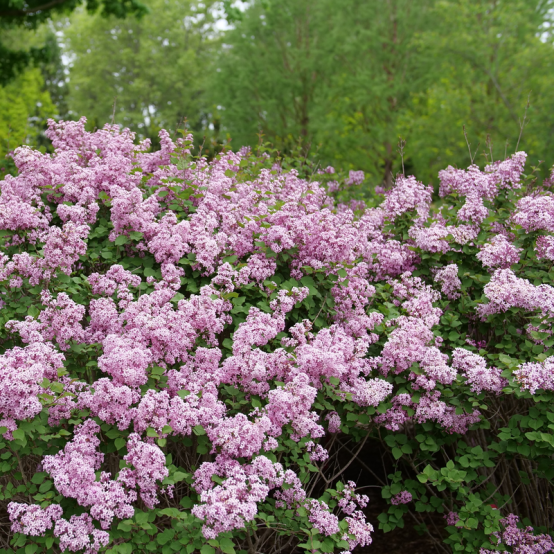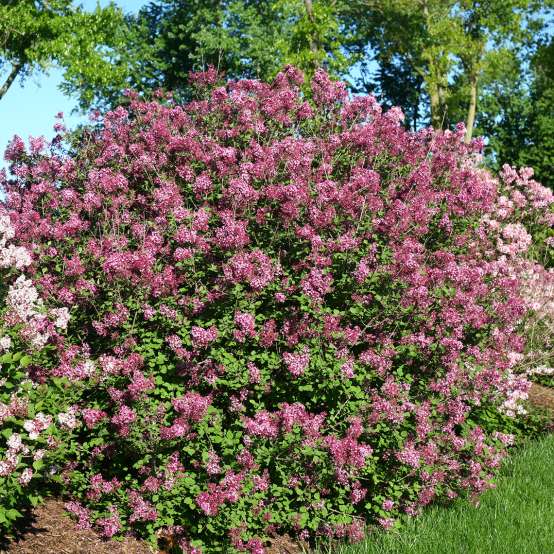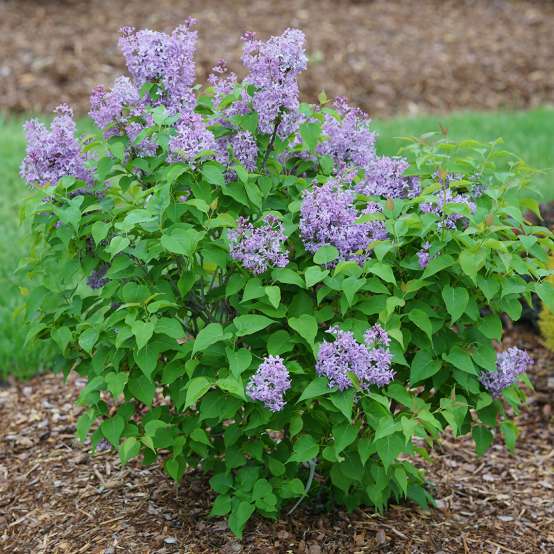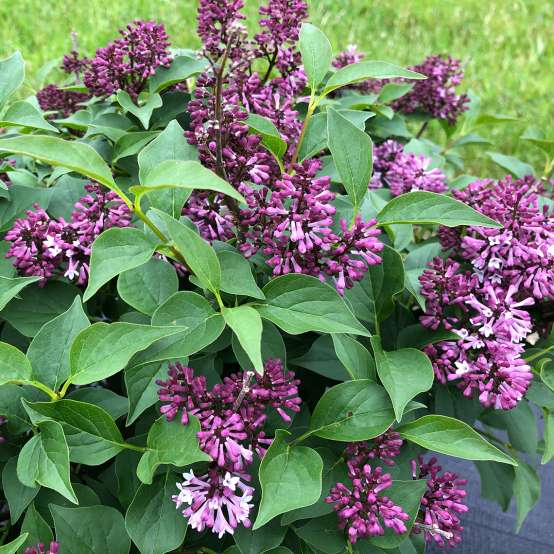Clicking the following controls will change the main image displayed above.
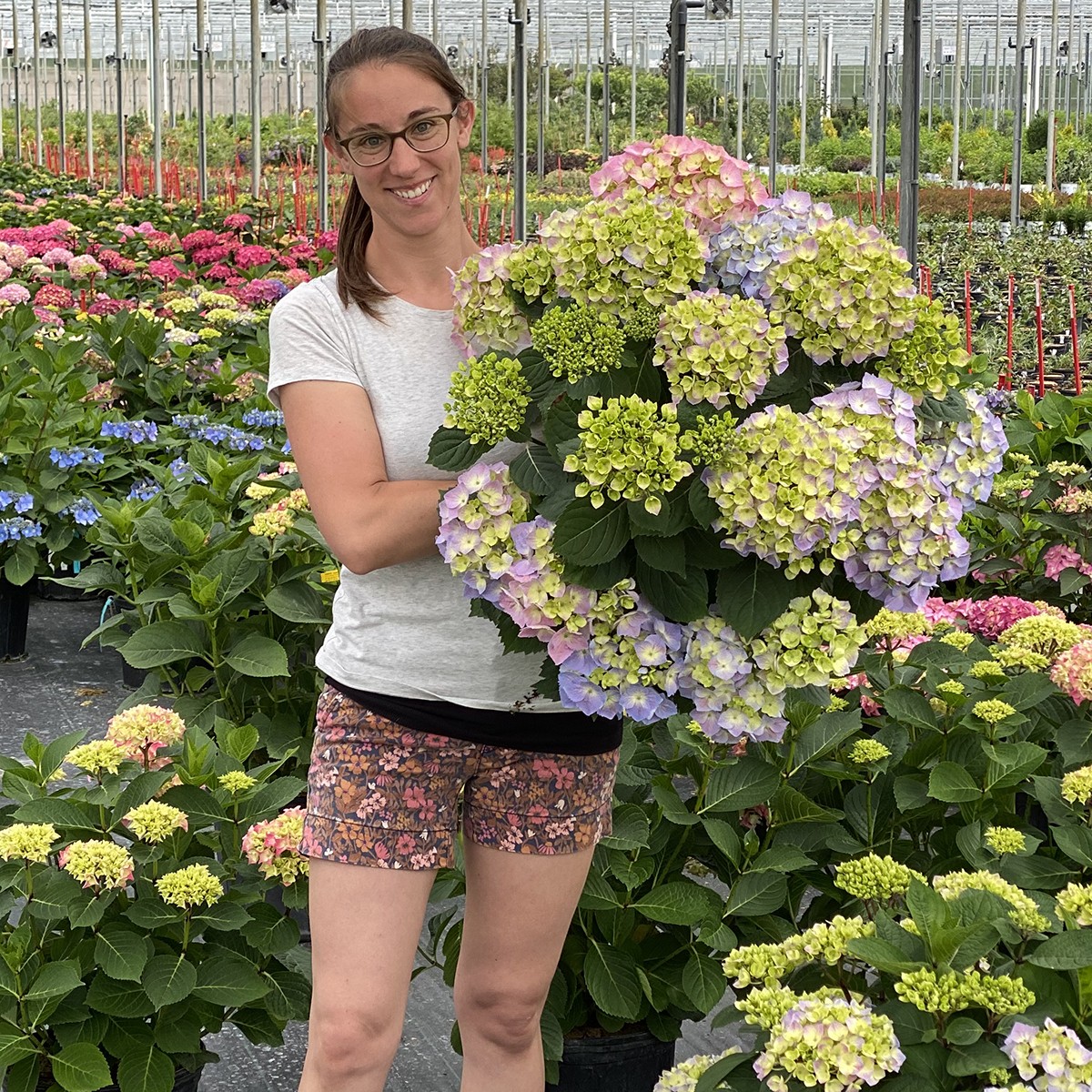
Meet the Breeder
Megan Mathey
Grand Haven, Michigan
BLOOMERANG SHOWMOUND®

Reblooming lilac
Syringa x pubescens
'SMNSPWF'
PP#36,694; CBRAF
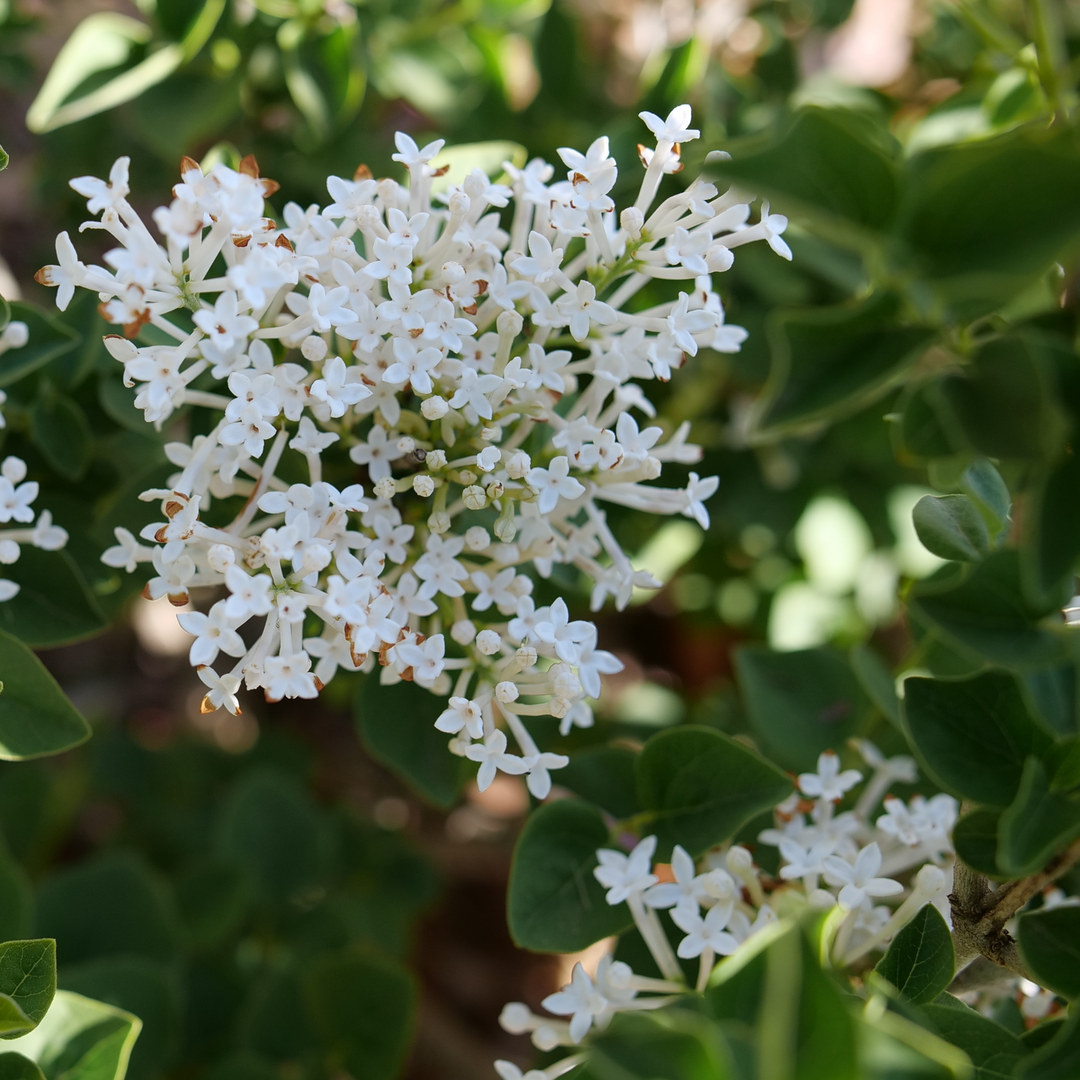
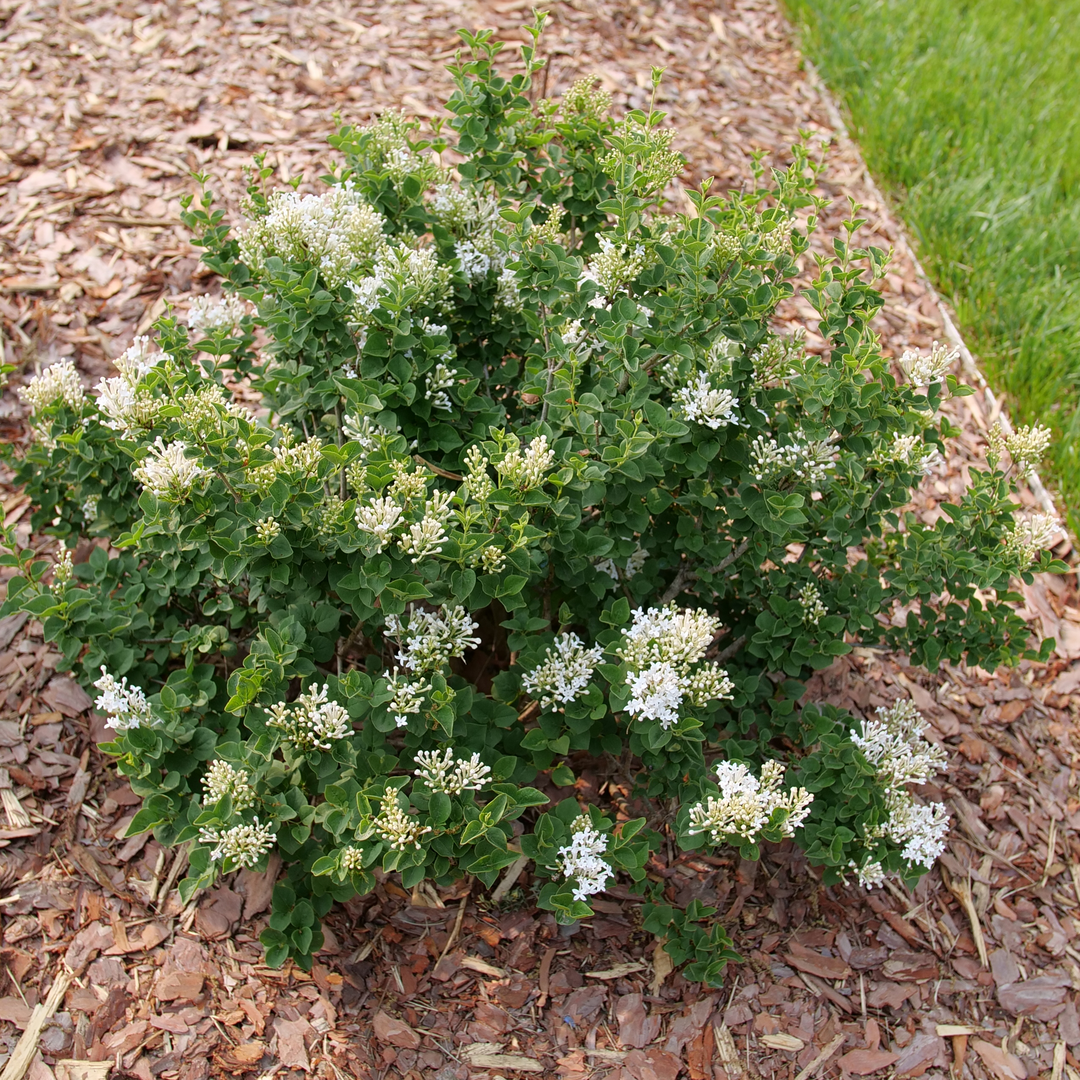

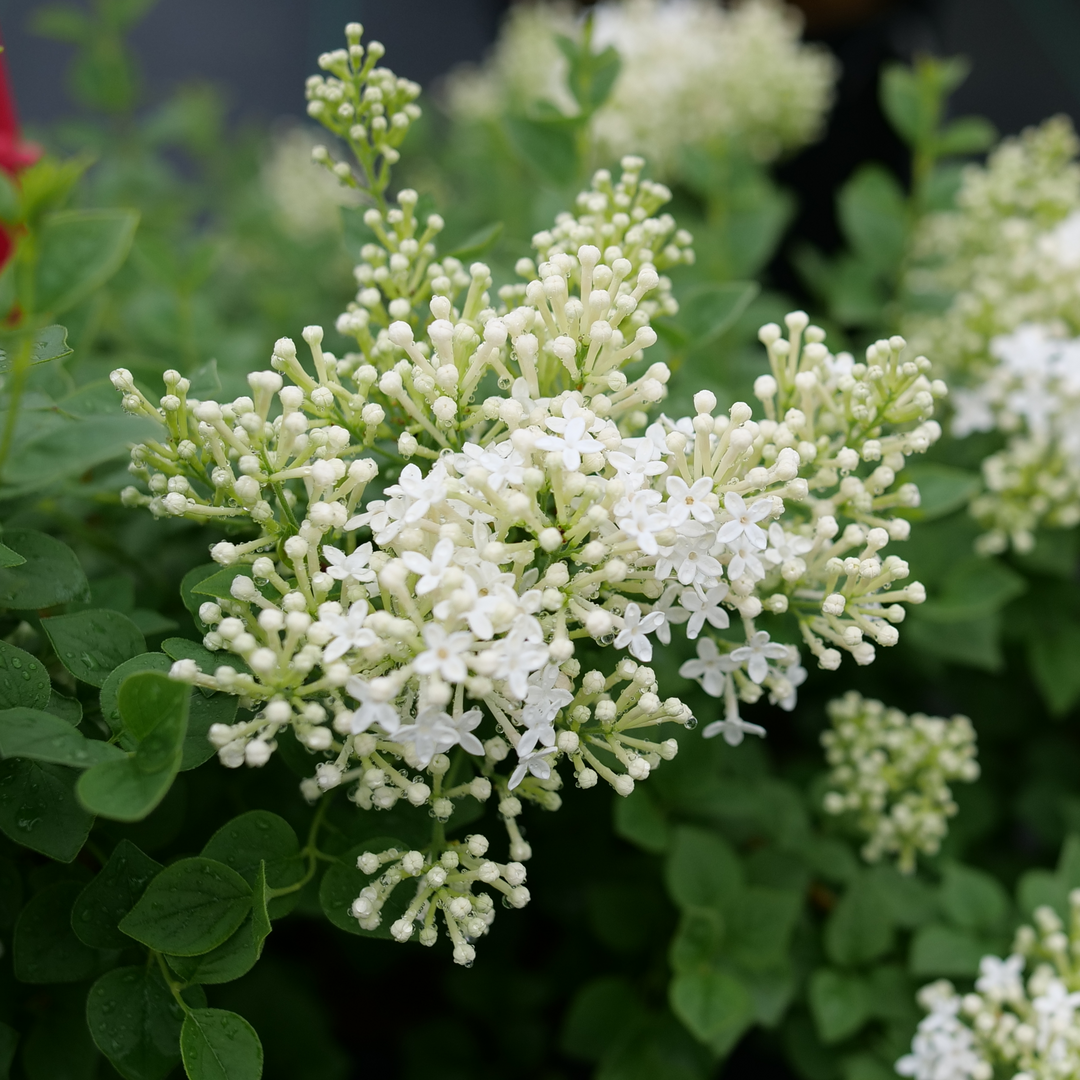
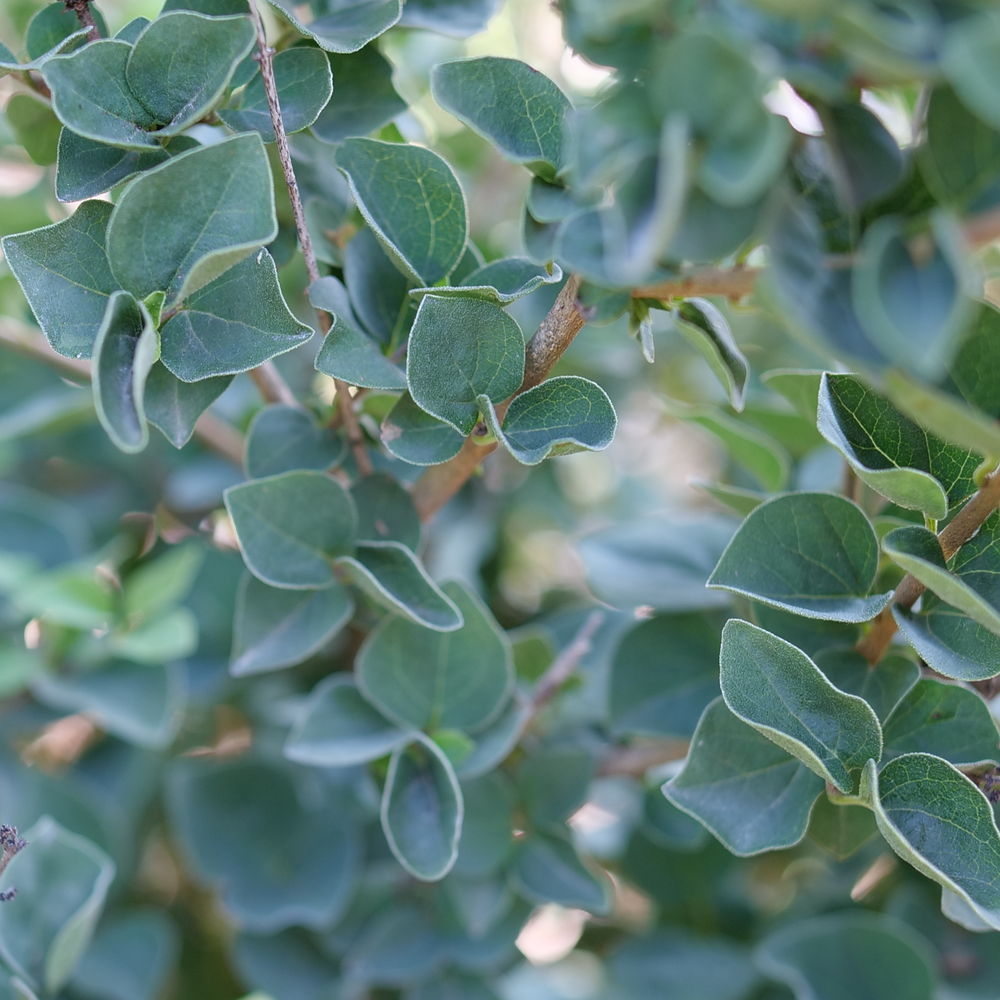
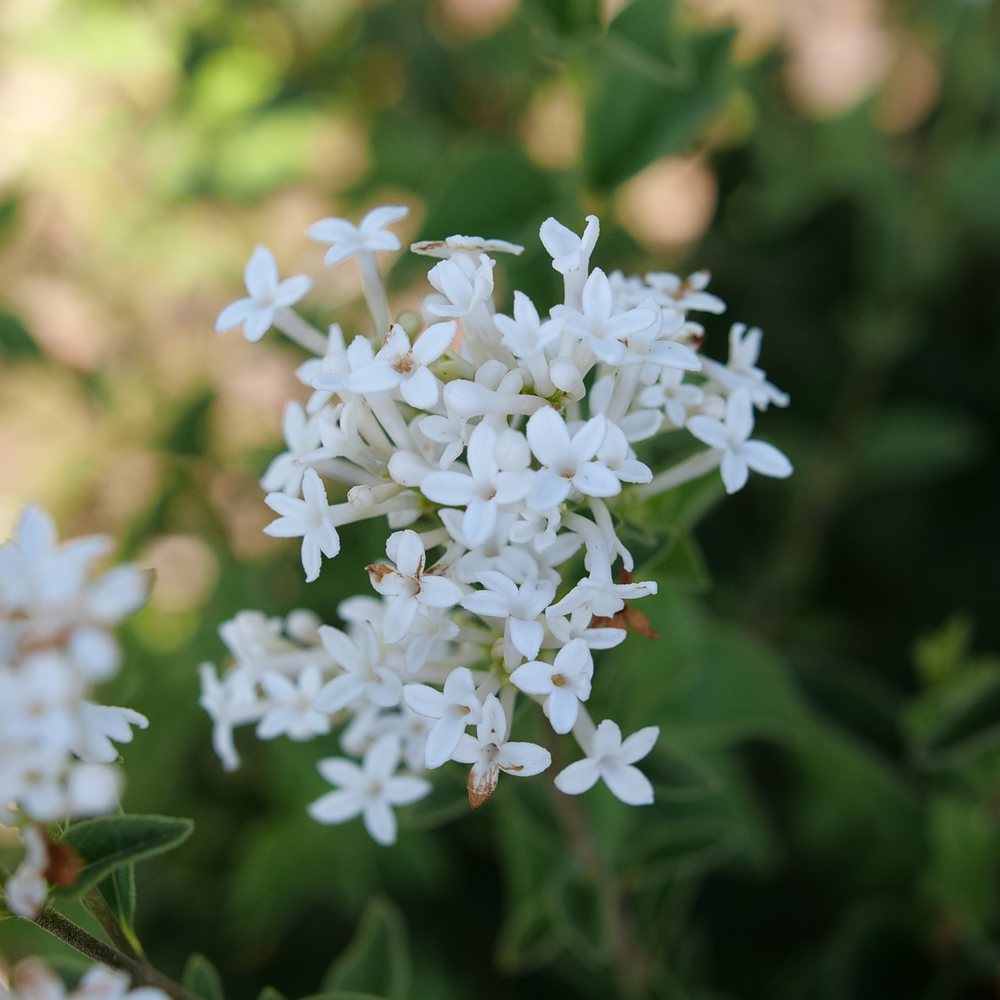
- First white Bloomerang
- Tidy mounded habit
- Disease resistant
- Description
Yes, you read that right - this is Bloomerang Showmound lilac, not snowmound. The reason why is because it's the tidiest little reblooming lilac you ever did see, naturally growing as a neat mound just 1.5-3' tall and 2-3' wide. It's also the very first white lilac in the best-selling Bloomerang series, so you know it's special. Dense clusters of pure white flowers appear in late spring, then after a brief rest to put on new growth, reappear and continue from mid-summer through fall. Like the other Bloomerang reblooming lilacs, its small foliage is highly disease resistant. It's an easy care and super appealing plant at retail and in the landscape.
- USDA Zone
- 3 - 7 (-40°F/-40°C)
- Exposure
- Full sun
- Height
- 1.5-3'
- Width
- 2-3'
- Finish Time
- 1 season
- Type
- Deciduous
- Bloom Time
- Spring and late summer
- Flower Color
- White
- Foliage Color
- Green
- Liner Sizes
- 2 1/4", 4", Quick Turn
General Care
Soil
Prefers neutral to alkaline soils, but is fairly adaptable. Good drainage is imperative.Pruning
Blooms on old and new wood - prune after spring bloom if desired. Doing so will delay rebloom but also encourages it.Uses
Hedges; mixed borders; foundation plantings; specimen.Growing Tips
A light trim after spring bloom neatens the plant's appearance and encourages rebloom, though it does delay it slightly.Features: Dwarf, Reblooming, Fragrant, Alkaline soil, Attracts pollinators, Clay soil, Compact, Cut flower, Deer resistant, Disease resistant
Filters: Botanical genus: Syringa , Common name: Reblooming lilac, Retail program: Proven Winners® ColorChoice®, USDA Zone 3, USDA Zone 4, USDA Zone 5, USDA Zone 6, USDA Zone 7, Exposure: Full sun, Bloom time: Spring, Bloom time: Summer, Bloom time: Fall, White flowers, Green foliage
Features: Dwarf, Reblooming, Fragrant, Alkaline soil, Attracts pollinators, Clay soil, Compact, Cut flower, Deer resistant, Disease resistant
Filters: Botanical genus: Syringa , Common name: Reblooming lilac, Retail program: Proven Winners® ColorChoice®, USDA Zone 3, USDA Zone 4, USDA Zone 5, USDA Zone 6, USDA Zone 7, Exposure: Full sun, Bloom time: Spring, Bloom time: Summer, Bloom time: Fall, White flowers, Green foliage

